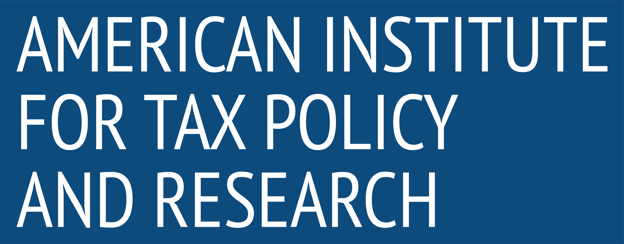Tariff and Trade Tax Analysis: The Impact on Imports and Exports
Tax policy plays a crucial role in shaping economies worldwide. Countries adopt different tax structures to balance government revenue, economic growth, and social welfare. This report provides a comparative analysis of tax systems across key global economies, highlighting corporate tax rates, income tax structures, value-added tax (VAT) policies, and international trade tax approaches.
1. Corporate Tax Structures
1.1 Corporate Tax Rates Across Countries
United States: 21% (federal), with additional state-level taxes.
United Kingdom: 25% standard corporate tax rate.
Germany: 15% corporate tax plus a 5.5% solidarity surcharge and local trade tax.
China: 25% corporate tax, with reduced rates for qualifying high-tech firms.
Ireland: 12.5% corporate tax, one of the lowest among developed nations.
Brazil: 34% total corporate tax burden (combining federal and municipal taxes).
1.2 Tax Incentives for Businesses
The U.S. and UK offer research and development (R&D) tax credits.
Singapore provides tax holidays and incentives for multinational corporations.
China reduces corporate tax rates for high-tech industries.
France offers tax credits for innovation and startup investment.
2. Individual Income Tax Policies
2.1 Progressive vs. Flat Tax Systems
Progressive Taxation: Countries like the U.S., Germany, and Canada apply higher rates to higher incomes.
Flat Taxation: Countries like Russia (13%) and Estonia (20%) apply a uniform tax rate to all income levels.
2.2 Top Marginal Tax Rates
United States: 37% (federal), with additional state taxes.
Sweden: 52% top rate, among the highest globally.
Japan: 45% top rate, plus local taxes.
Australia: 45% top rate, applied to high-income earners.
2.3 Tax Exemptions and Deductions
United States: Allows deductions for mortgage interest, student loan interest, and medical expenses.
Germany: Offers family allowances and social security deductions.
France: Uses a household income-splitting system to reduce tax burdens for families.
3. Value-Added Tax (VAT) and Sales Tax
3.1 VAT Rates Across Countries
European Union: 20-25% VAT in most member states.
United Kingdom: 20% VAT.
Canada: 5% Goods and Services Tax (GST), with provincial sales taxes.
Australia: 10% GST.
United States: No federal VAT; state sales tax varies (0-10%).
3.2 VAT Exemptions and Reductions
Germany: Reduced VAT (7%) on food, books, and public transportation.
France: 5.5% reduced rate for essential goods.
India: Multiple GST slabs (5%, 12%, 18%, 28%) for different goods and services.
4. International Trade and Tariff Policies
4.1 Import and Export Tax Strategies
United States: Tariffs on imports from China and other trading partners as part of trade policy.
European Union: Common external tariffs applied uniformly across member states.
China: Export tax rebates to promote manufacturing competitiveness.
Brazil: High import duties to protect domestic industries.
4.2 Free Trade Agreements and Tax Treaties
North American Free Trade Agreement (NAFTA): Now replaced by USMCA, reducing tariffs between the U.S., Canada, and Mexico.
EU Trade Agreements: Eliminates tariffs between member states and lowers barriers with trading partners.
ASEAN Free Trade Area (AFTA): Reduces trade barriers among Southeast Asian nations.
5. Tax Policy Trends and Future Outlook
5.1 Global Minimum Corporate Tax
The OECD’s Global Minimum Tax of 15% aims to curb tax avoidance by multinational corporations.
Expected implementation across multiple nations by 2025.
5.2 Digital Services Taxation
France, UK, and India have introduced digital services taxes on tech giants.
The U.S. opposes unilateral DST measures, favoring a global tax agreement.
5.3 Environmental and Carbon Taxation
EU’s Carbon Border Adjustment Mechanism (CBAM): Applies carbon tariffs on imports from high-emission countries.
Canada and Sweden: High carbon taxes to incentivize green energy adoption.
Conclusion
Tax policies vary significantly across countries, reflecting different economic priorities and fiscal strategies. While some nations focus on low corporate tax rates to attract businesses, others emphasize progressive income taxation and VAT systems to fund social programs. Understanding these global differences can inform tax policy decisions and international investment strategies. For continued research and insights, visit the American Institute for Tax Policy and Research (AITPR).


